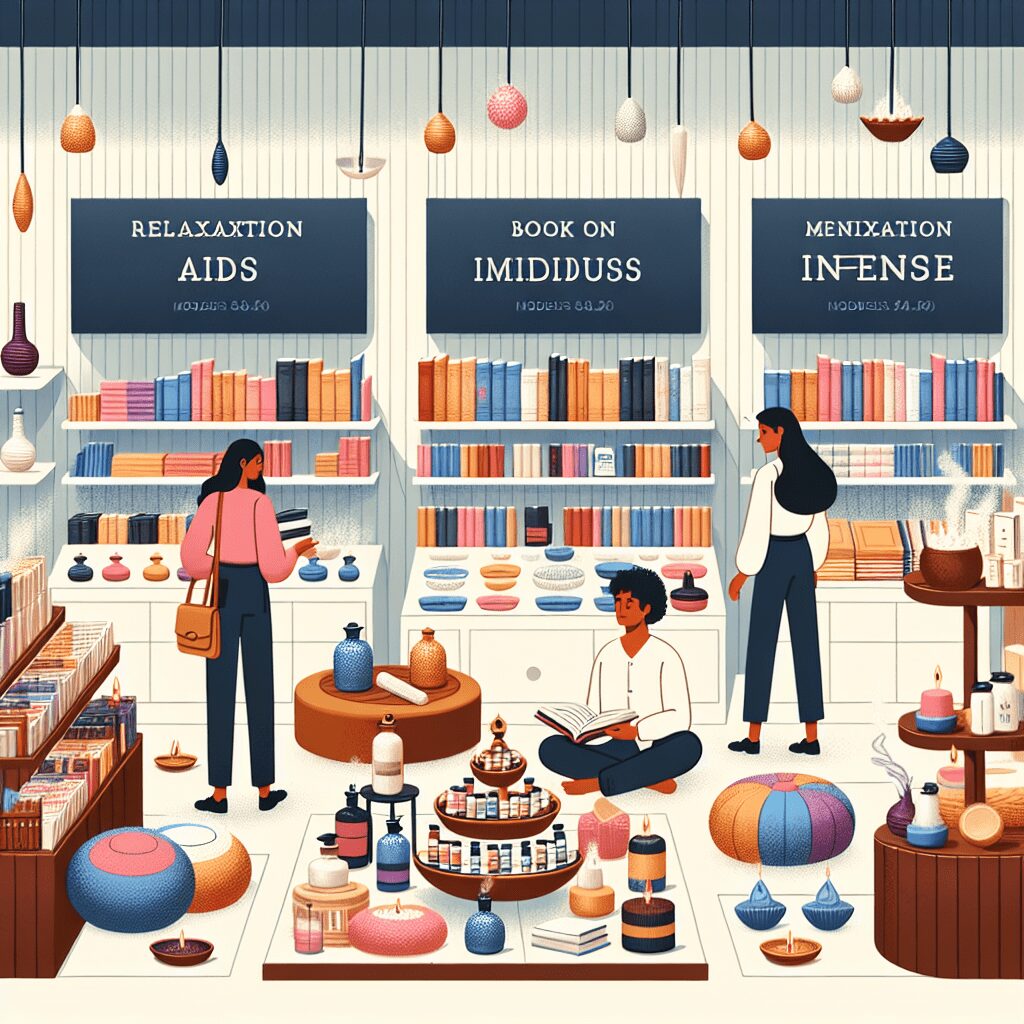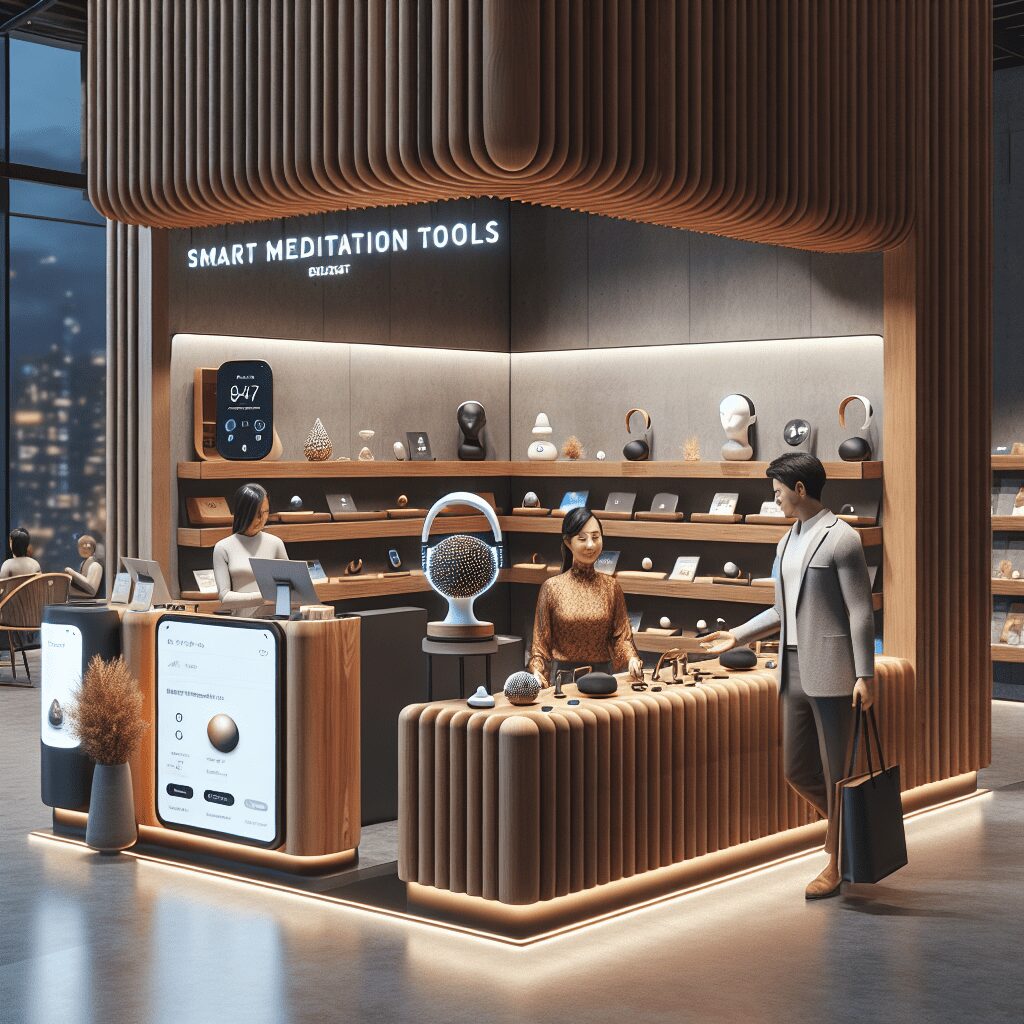
Prioritize your mental well-being daily. Enhance your life by nurturing your mental health with the Smart Meditation app. Break free from stress, alleviate anxiety, and enhance your sleep quality starting today.
What Are Reasonable Accommodations For Anxiety?
Navigating the Waters of Workplace Accommodations for Anxiety
In today’s high-strung, fast-paced world, the topic of mental health in the workplace has vaulted from hushed whispers in break rooms to the forefront of HR policies. Anxiety, a pervasive guest in many professionals’ lives, commands its share of the conversation. The million-dollar question? What exactly constitutes reasonable accommodations for individuals wrestling with this invisible yet gripping challenge?
The Legal Framework: Understanding Your Rights
To kick things off, let’s get our ducks in a row regarding the legal side of things. In the U.S., the Americans with Disabilities Act (ADA) is the big player, a regulatory titan that ensures individuals with disabilities—including those with mental health conditions like anxiety—are not left in the lurch. However, the ADA’s mandates are not a carte blanche but rather necessitate that accommodations are “reasonable,” i.e., they don’t cause undue hardship to the employer.
So, you might wonder, “What’s on the table?” Let’s dive into the smorgasbord of possibilities, keeping in mind that the best accommodations are often tailored to the individual, case by case, as anxiety manifests uniquely across the board.
Tailoring the Work Environment: Practical Examples of Accommodations
-
Flexible Scheduling: Not everyone’s peak productive hours align with the traditional 9-to-5. For some, anxiety can make mornings particularly tough. Flex hours or a shifted schedule can be a game-changer.
-
Remote Work Options: Ah, the comfort of home, where the coffee is just right, and the ambient noise is controllable. Offering options for telecommuting, even part-time, can greatly alleviate anxiety, cutting down on stressors like long commutes or overstimulating office environments.
-
A designated ‘Quiet Zone’: For when the open office plan feels more like a gladiatorial arena than a workspace. Having a reserved area where employees can retreat to work in peace can significantly reduce anxiety triggers.
-
Breaks for Mindfulness or Meditation: Short, scheduled breaks allow individuals to step back, breathe, and re-center, doing wonders for productivity in the long haul.
-
Job Coaching or Mentorship Programs: Sometimes, the root of anxiety lies in the fear of underperforming. Regular, constructive feedback loops and mentorship can help clear the fog of uncertainty.
-
Modification of Job Duties: In some cases, the removal or redesign of specific tasks that are particularly anxiety-inducing—assuming they are not central to the job’s core responsibilities—might be in order.
It’s critical to remember that these accommodations should not be viewed as special treatment but rather as leveling the playing field, enabling all employees to give their best shot. After all, a happy workforce is a productive workforce.
Opening the Dialogue: Steps to Request Accommodations
-
Know Thyself: Before anything else, you’ll need to assess your needs. How does your anxiety affect your work? What specific changes would help mitigate these challenges?
-
Documentation Is Key: Arm yourself with documentation from a healthcare provider that clearly states your diagnosis and suggests possible accommodations. This will solidify your request and guide the discussion.
-
Initiate the Conversation: Approach your HR department or direct supervisor (depending on your company’s protocol) and request a meeting to discuss accommodations. Being open, honest, and professional will pave the way for a constructive dialogue.
-
Collaborate on Solutions: Remember, it’s a two-way street. Be open to suggestions and willing to find a middle ground that satisfies both parties.
Securing accommodations for anxiety in the workplace is more than a quest for comfort—it’s about dismantling barriers to equal opportunities and fostering a culture of inclusivity and understanding. At its core, it’s about acknowledging that our workforces are wonderfully diverse tapestries, enriched, not encumbered, by the unique struggles and strengths each thread brings to the table.
Remember, seeking accommodations is not a sign of weakness but a strategic move towards realizing your full potential. So, here’s to breaking the stigma, one reasonable accommodation at a time. Cheers to a brighter, more inclusive workplace!





